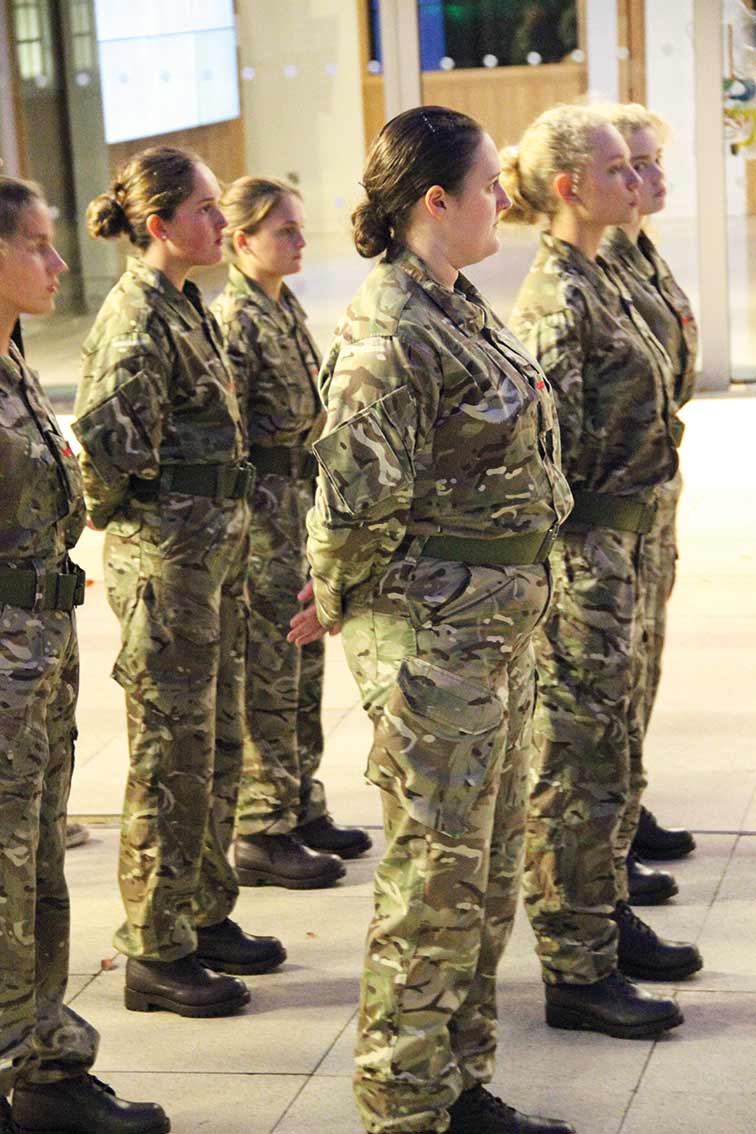The results of the Independent Schools Council (ISC) Census for 2016 have just been published and they show that private education is thriving once again after a relatively difficult period following the 2008 recession, and that more than a third of schools now have boarders.
The ISC Census illustrates where independent schools sit within the UK’s education landscape and is regarded by government and policymakers as an authoritative source of data.
Samantha Price, Headmistress at one of Kent’s top independent residential schools, Benenden, commented: “We believe in offering every girl a complete education in which she achieves her academic potential but also grows as an individual. We want her to relish all that this 24/7 school life has to offer so that she leaves us as confident, positive young woman truly prepared for her future. While other girls at other schools are sitting on a bus travelling between the school and home, Benenden girls are busy playing sport or taking part in the Model United Nations programme or devising their own theatre productions.”
Other key findings in the census include the fact there are now 1,280 ISC schools compared to 1,271 in 2008, with a total of 518,432 pupils. This is the highest number since records began in 1974.
Fee increases have remained at their lowest since 1994 at just 3.5% and 1,112 schools now partner up with state ones.
The average pupil to teacher ratio is under 9 to 1 and 30% of students are from a minority background.
The number of single sex boys’ and girls’ schools remains virtually unchanged.
Julie Robinson, General Secretary of ISC, said: “The numbers recorded in this year’s census are very stable and contradict claims by some that private education is in some sort of peril. In many areas the stability of these figures shows just how remarkable our schools really are.”








